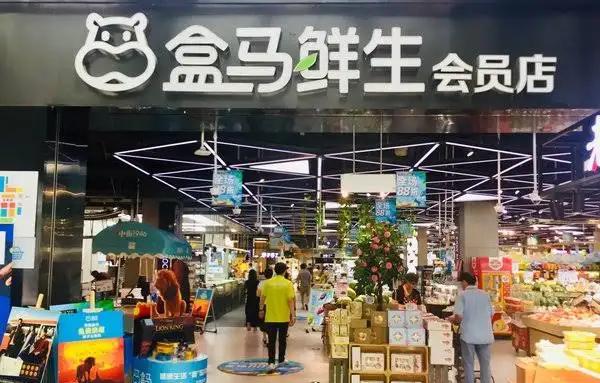The Evolution and Challenges of China's Fresh Retail Giant
A deep dive into Freshippo’s transformation from a 7-year loss-making venture to achieving profitability, analyzing its business model shifts and competition with Sam’s Club in China’s retail landscape.

Since its establishment in 2015, Freshippo (known as Hema in China) has undergone a remarkable journey in China’s retail sector. After enduring seven consecutive years of losses, the company recently announced its first sustained period of profitability, marking a significant turning point in its development.
The retail landscape in China has witnessed dramatic changes over the past decade. While Freshippo initially positioned itself as China’s answer to Sam’s Club, the two retailers have evolved along distinctly different paths. Sam’s Club focuses on a membership-based wholesale model with larger format stores in strategic urban locations, while Freshippo has adapted to serve dense residential communities with smaller format stores offering fresh groceries and ready-to-eat meals.
The crucial differences between these retail giants lie in their fundamental approaches:
Store Location Strategy: Freshippo targets residential neighborhoods, serving customers within a 3-kilometer radius. Sam’s Club chooses locations accessible by car, serving a broader catchment area of up to 30 minutes' drive time. This distinction has led Freshippo to open many more stores - for instance, 60 stores in Shanghai compared to Sam’s Club’s seven locations.
Product Positioning: Freshippo emphasizes fresh food and smaller portions suitable for daily shopping, while Sam’s Club focuses on bulk purchases and a comprehensive range of household items. This reflects different shopping patterns - daily visits for Freshippo versus weekly bulk shopping at Sam’s Club.
March 2024 marked a significant shift when Freshippo’s founder stepped down and CFO Yan Yaqin took over as CEO. Under new leadership, Freshippo has undertaken substantial reforms, including store upgrades, supply chain optimization, and organizational restructuring. The company reported nine consecutive months of profitability and over 50% customer growth by the end of 2024.
However, challenges remain. Operating numerous smaller stores increases complexity in supply chain management and maintaining consistent quality. The company has shifted away from its original ambitious plans, focusing instead on optimizing existing operations and exploring community store formats.
Looking ahead, while Freshippo’s CEO has expressed ambitions to reach annual sales of 100 billion yuan and become China’s leading retail brand, the path forward requires careful navigation. The company must balance growth with operational efficiency while competing in an increasingly crowded market that includes not just Sam’s Club but also emerging players like Donglaigo.
The story of Freshippo illustrates the complexities of China’s retail market transformation, where success requires constant adaptation to changing consumer preferences and market conditions. While the company has found its path to profitability, sustaining this success while competing with established players like Sam’s Club presents an ongoing challenge.